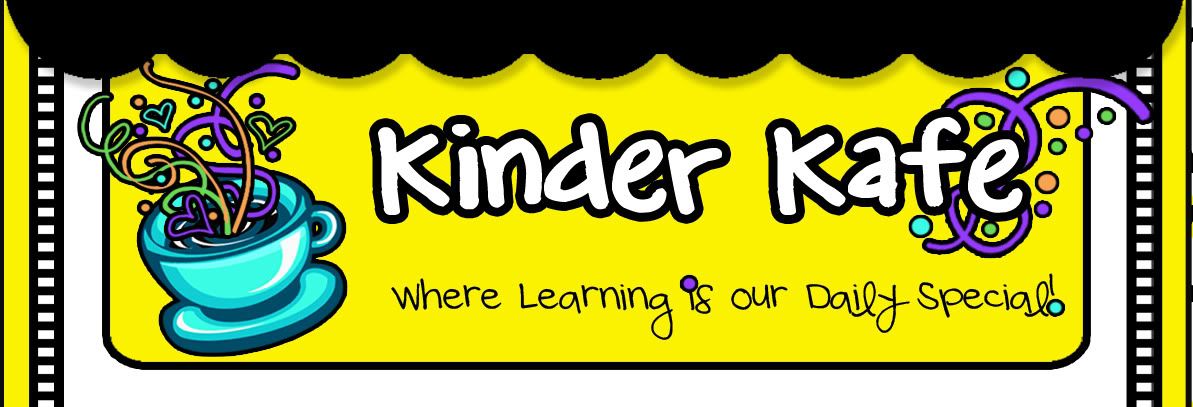I can produce and expand a
complete sentence!
Sounds simple enough huh? While reviewing my students' writing this week, I was reminded to practice what I "teach". Meaning that I stress "listening" to your students and promoting language skills to my intern teachers, and at professional development workshops for my colleagues. It was obvious I was taking simple language skills for granted and I must allow "Vygotsky's" presence to surface even if we backed up several steps. The common error was poor oral sentence structure, thus their writing mirrored this stage. I used a simple tree map to guide their thinking and building sentences orally. This was much longer than a mini lesson, however I felt it important to strengthen their language if I ever intended to "expand", as the standard states, complete sentences. Day 1 also included students writing ONE sentence using the "can" column. To reinforce the language, the ticket to get started was "tell me your sentence". Ah ha! I quickly identified those with misconceptions and formed a small writing group for this session. Day 2, we revisited the map in small groups. Each student had a map, filled in a few choices from the class map, ( not really original independent writing I know, but necessary) ORALLY made a sentence, and then wrote a sentence or sentences using the map, on their paper. Yes I felt like I was pulling teeth, but I smiled as I saw the light "come on" for several students as they realized they had actually produced a complete sentence! whew....expanding will come AFTER Thanksgiving!



















